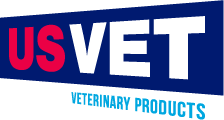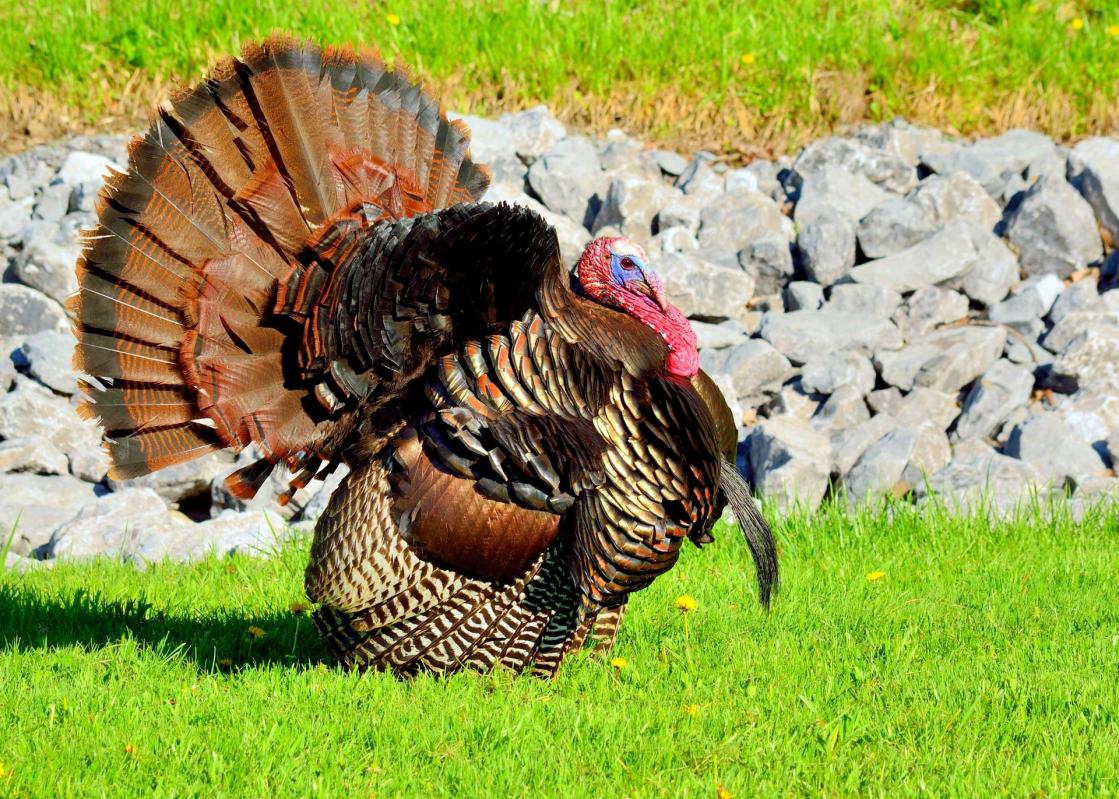How Antibiotics Support Turkey Health in Commercial Farming
The journey from poult to market-ready turkey involves careful attention to countless details that affect bird health and flock well-being. Among the tools available to turkey farmers, antibiotics play a meaningful role in maintaining flock health and supporting efficient production that meets consumer demand for quality poultry products.
Understanding how antibiotics function within modern turkey farming requires appreciating the complexities of raising large groups of birds commercially. While these environments are designed to optimize bird welfare and production efficiency, they naturally present health challenges that responsible farmers work diligently to address through comprehensive health management strategies.
Health Challenges in Commercial Production
Commercial turkey farming involves raising large numbers of birds in controlled environments. While these systems offer advantages, they create situations where disease can spread more readily than among smaller groups. Turkeys face various bacterial infections affecting respiratory health, digestion, and overall vitality throughout their growth cycle.
Young turkeys are especially susceptible to certain bacterial infections that can compromise development. As birds mature and gain weight rapidly, maintaining their health becomes crucial for both welfare and farm sustainability. When bacterial infections take hold, they can spread quickly throughout a flock, making proactive health management essential.
How Antibiotics Support Flock Health
Antibiotics target bacterial infections that could otherwise compromise turkey health. Different antibiotics work through various mechanisms—some prevent bacteria from multiplying while others destroy bacterial cells. This variety allows veterinarians and farmers to select appropriate treatments for specific bacterial challenges.
When administered properly under veterinary guidance, antibiotics help turkeys fight infections their immune systems might struggle to overcome alone. This support allows birds to maintain normal growth patterns and avoid illness-related stress. Preventive use during vulnerable periods helps flocks navigate challenging production phases, while therapeutic use addresses active infections.
Modern turkey farming increasingly emphasizes targeted antibiotic use rather than blanket application. This precision reflects evolving best practices that balance animal welfare with responsible stewardship.
Responsible Stewardship Principles
The agricultural community has embraced antibiotic stewardship, recognizing these tools must be used thoughtfully. Veterinary oversight represents a cornerstone of responsible use—veterinarians with poultry health expertise assess flock conditions, diagnose problems, and recommend appropriate interventions rather than farmers making independent decisions.
Record-keeping tracks which antibiotics are used, when they're administered, and how flocks respond. This documentation helps identify patterns and inform future health management decisions. Withdrawal periods before processing ensure antibiotic residues are eliminated from turkey tissues before birds enter the food supply, protecting consumer safety.
Integration With Comprehensive Health Management
Antibiotics work most effectively when integrated into comprehensive health programs. Successful operations combine antibiotic use with biosecurity measures that limit pathogen exposure, nutrition programs that support immune systems, and environmental management providing appropriate temperature, ventilation, and space allocation.
Well-nourished birds in well-managed conditions demonstrate stronger natural disease resistance, potentially reducing overall reliance on therapeutic interventions while allowing antibiotics to work more effectively when needed.
The Path Forward
The turkey farming industry continues evolving its approach to flock health management, seeking ways to maintain bird welfare and production efficiency while refining antibiotic use. Research into alternative approaches—from probiotics to vaccination strategies—expands the toolkit available to farmers. Genetic selection for disease resistance and advanced monitoring technology offer additional potential for reducing health challenges.
The responsible use of antibiotics in turkey farming represents a balance between animal welfare, production efficiency, and public health considerations. When used judiciously under professional guidance and integrated with comprehensive health practices, antibiotics help farmers maintain healthy flocks that support sustainable food production.
Contact our team to learn more about supporting turkey health through responsible management practices and veterinary-guided approaches.
Frequently Asked Questions
What happens to antibiotic effectiveness over time if they're used regularly in turkey production?
Bacterial populations can adapt to antibiotic exposure, potentially reducing treatment effectiveness with overuse. This drives rotation strategies using different antibiotic classes and emphasizing use only when necessary. The agriculture industry coordinates with human medicine to protect antibiotic effectiveness across both animal and human health applications through responsible stewardship programs.
How do organic turkey operations manage flock health without conventional antibiotic use?
Organic operations rely heavily on prevention through rigorous biosecurity, enhanced nutrition programs, and sometimes slower growth rates. They may use approved natural health products and focus intensively on environmental management to minimize disease pressure. When birds become ill and require prohibited treatments for welfare reasons, organic standards may require removing them from organic production.
How do withdrawal periods before processing actually work to ensure food safety?
Withdrawal periods are based on research measuring how quickly turkeys metabolize and eliminate specific antibiotics. These periods ensure sufficient time passes between the last administration and processing for residues to fall below safety thresholds. Farmers maintain detailed records proving compliance, and processing facilities conduct testing to verify products meet safety standards before entering the food supply.
What's the difference between preventive and therapeutic antibiotic use in turkey flocks?
Preventive (or prophylactic) use involves administering antibiotics during periods when birds face heightened vulnerability to bacterial infections, such as during stressful transition phases or when environmental conditions favor disease development. This approach aims to prevent illness before it starts. Therapeutic use, by contrast, treats active bacterial infections in birds showing symptoms or when diagnostic testing confirms disease presence. Modern best practices increasingly favor therapeutic over preventive use, relying more on improved management practices to prevent disease rather than routine antibiotic administration.
How do veterinarians decide which antibiotic to use for a particular flock health issue?
Veterinarians base antibiotic selection on several factors, including the type of bacterial infection identified (often through laboratory testing and culture), the specific symptoms birds are displaying, the flock’s health history, and previous treatment responses. They may perform antibiotic sensitivity testing to determine which medications the bacteria are susceptible to, ensuring treatment effectiveness. Veterinarians also consider the birds’ age, production stage, and the time until processing to ensure appropriate withdrawal periods can be met. This diagnostic approach replaces older practices of selecting antibiotics based primarily on past general experience.
Are the antibiotics used in turkey production the same ones used in human medicine?
Some antibiotics used in turkey production belong to the same classes as those used in human medicine, though often they’re different specific compounds within those classes. The industry has moved away from using medically important antibiotics—those critically important for human medicine—whenever alternatives exist. Regulatory bodies like the FDA classify antibiotics by their importance to human health and have implemented restrictions on using the highest-priority human antibiotics in food animal production. This protects the effectiveness of essential human medicines while still allowing farmers to address animal health needs with appropriate alternatives.


